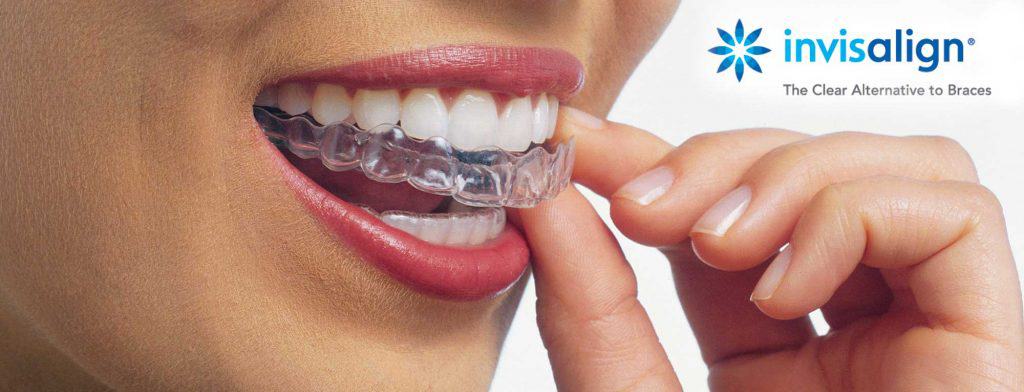
u003ca href=u0022https://marylandholisticdentist.com/can-invisalign-fix-mouth-breathing-palatal-expansion/u0022u003eInvisalign can be used to fix mouth breathingu003c/au003e and that is what this page is all about. Invisalign is the u003ca href=u0022https://marylandholisticdentist.com/orthodontics/u0022u003eorthodontistsu003c/au003e best friend in straightening teeth, but, u003ca href=u0022https://marylandholisticdentist.com/invisalign-clear-braces-aligners/u0022u003eInvisalignu003c/au003e can also be used by a knowledgeable dentist to u003ca href=u0022https://marylandholisticdentist.com/nose-vs-mouth-breathing-and-tongue-ties/u0022u003etreat mouth breathingu003c/au003e, TMJ and some cases of sleep apnea. There are new programs in the u003ca href=u0022https://www.invisalign.com/u0022u003eInvisalign clear aligner systemu003c/au003e that can straighten teeth and expand the mouth and jaws at the same time.rnrnGenerally expanders create more room in the mouth and nasal passageways so the airway spaces are more open for breathing. This naturally helps with nasal breathing and decreases airway resistance and the need for mouth breathing.

Invisalign expander palatal
What Causes Mouth Breathing?
What causes mouth breathing? People breathe through their mouth out of necessity. When someone cannot get enough oxygen through their nose, they mouth breathe. The mouth is a bigger hole (than the nose) and more air can fit through a larger space. Mouth breathing happens when oxygen demands cannot be met with nose breathing.
How to stop mouth breathing with Invisalign Clear Aligners
Mouth breathing can be stopped by
- Increasing the size of the nasal airway and
- Improving airflow through the upper airway.
The size of the nose bone can be increased with an orthodontic appliance called a palatal expander. And Invisalign can be used as an expander. Palatal expanders stimulate the roof of the mouth to grow wider. The roof of the mouth, aka the palate, is same bone as the bottom of the nose. By expanding the mouth and the jaws, the internal base of the nose increases in size and more air can pass through the nose.
Stop Mouth Breathing with Invisalign Expander Video
Invisalign can Expand the Palate and Mouth
Invisalign can be used to get dental expansion. Airflow is increased through the upper airway by creating more space for the tongue to stay in the mouth. During deep sleep the tongue muscle relaxes and the tongue can fall back into the throat and block the airway. Expanders create more room for the tongue to fit, so it is not crowded between the teeth. Correcting tongue posture is also important. The tongue is supposed to suction up onto the palate during rest. Keeping the tongue suctioned onto the palate prevents it from falling into the throat and blocking the airway. Creating more tongue space is one of the main goals of palatal expansion.
How to prevent Mouth breathing with Invisalign
To summarize, two things need to happen:
- Expand the palate with Invisalign or other palatal expander. This increases nose breathing.
- Create more space in the palate for the tongue to fit and suction up onto the palate. Proper tongue position prevents the tongue from becoming an airway obstruction during sleep.
Who is a Candidate for Invisalign Mouth Breathing Treatment
Anyone with a mild to moderate case of mouth breathing may be able to use Invisalign braces to correct the problem. The best thing to do is to come in for a consultation with Dr. Adams to determine the best treatment plan. There are many factors, such as amount of tongue space, size of the tongue and the positions of the upper and lower jaws. And of course, the size of the airway, mouth and nasal passageways themselves.
In moderate to severe cases, there may be a need to use another expander such as a DNA, Homeoblock or Schwarz appliance prior to using Invisalign.
Mouth Breathing can be a Habit to Break
Sometimes it can be necessary to break a mouth breathing habit. Sometimes, Invisalign expansion to improve nose breathing and tongue position is not enough. Mouth breathing can be a hard habit to break. Mouth tapping is a useful tool. Start tapping your mouth for periods of time during the day. 10 minutes, 30, and finally 1-2 hours while reading or working. Then try light activity to see if it is doable. Then you can try tapping a night. This is a great way to retrain airway habits back to nose breathing.
Mouth Tapping Video
Tongue posture training with Myofunctional Therapy
Believe it or not there are professionals who train tongues as a profession. They are called “Myofunctional Therapists.” It is like a physical therapist for tongues. We will provide some myofunctional therapy exercises for our patients when doing expanders such as Invisalign or a DNA appliance. The goal of the exercises it to strengthen the tongue and train it to stay suctioned onto the palate. There are other facial muscles that may need training as well. To improve the swallow function, as in a tongue thrust for example.

 (301) 421 1996
(301) 421 1996 burtonsvillesmiles@gmail.com
burtonsvillesmiles@gmail.com